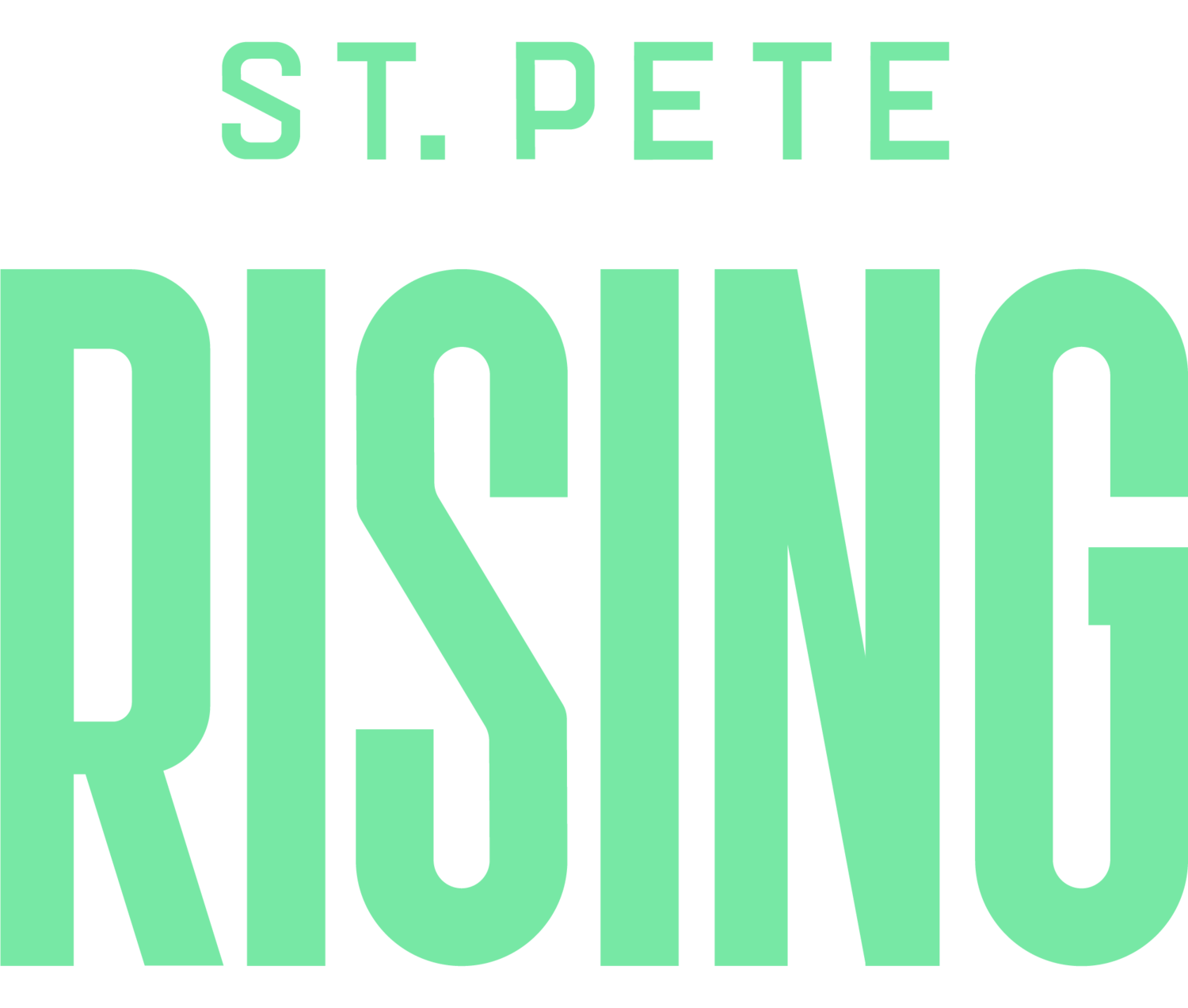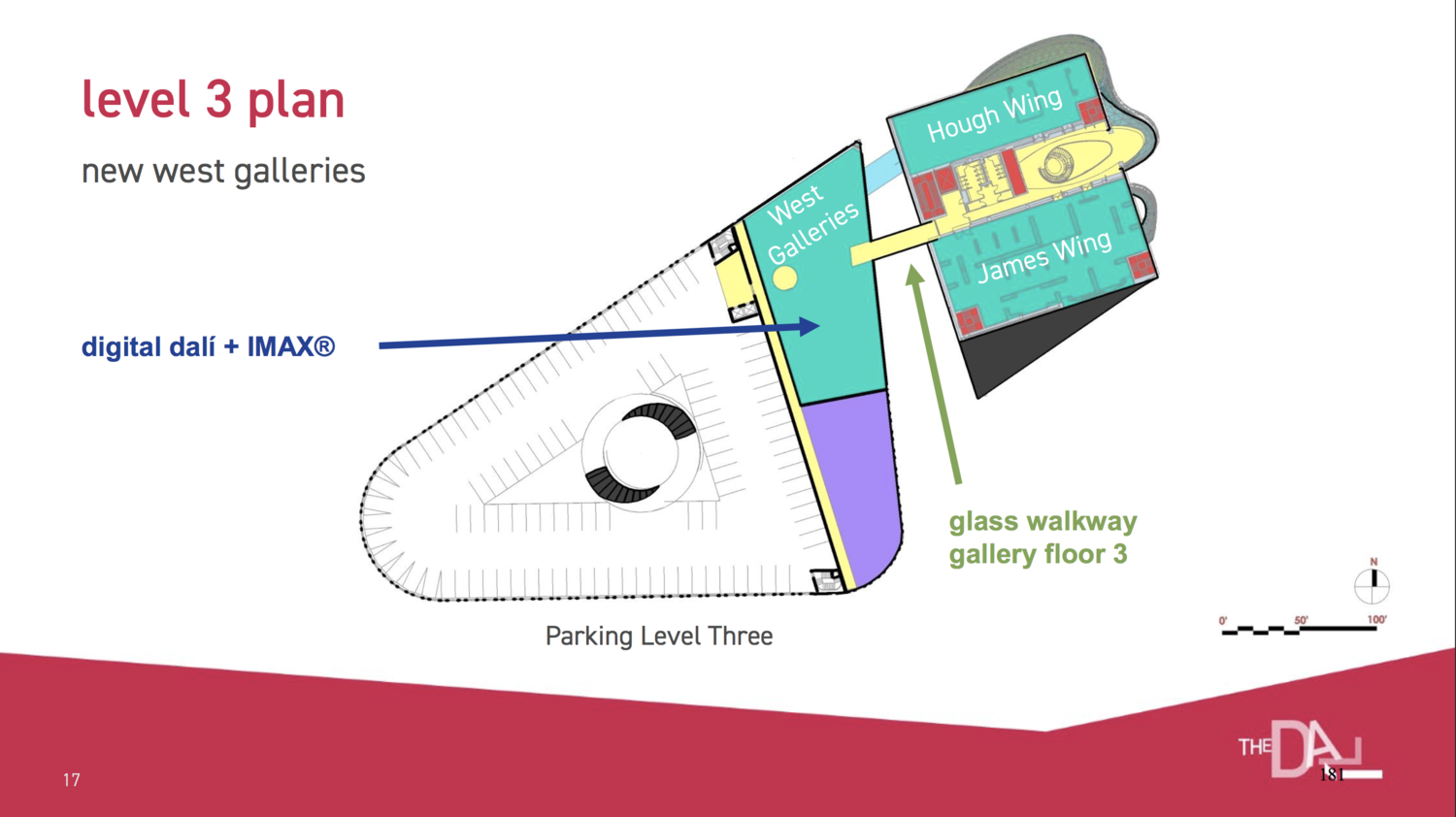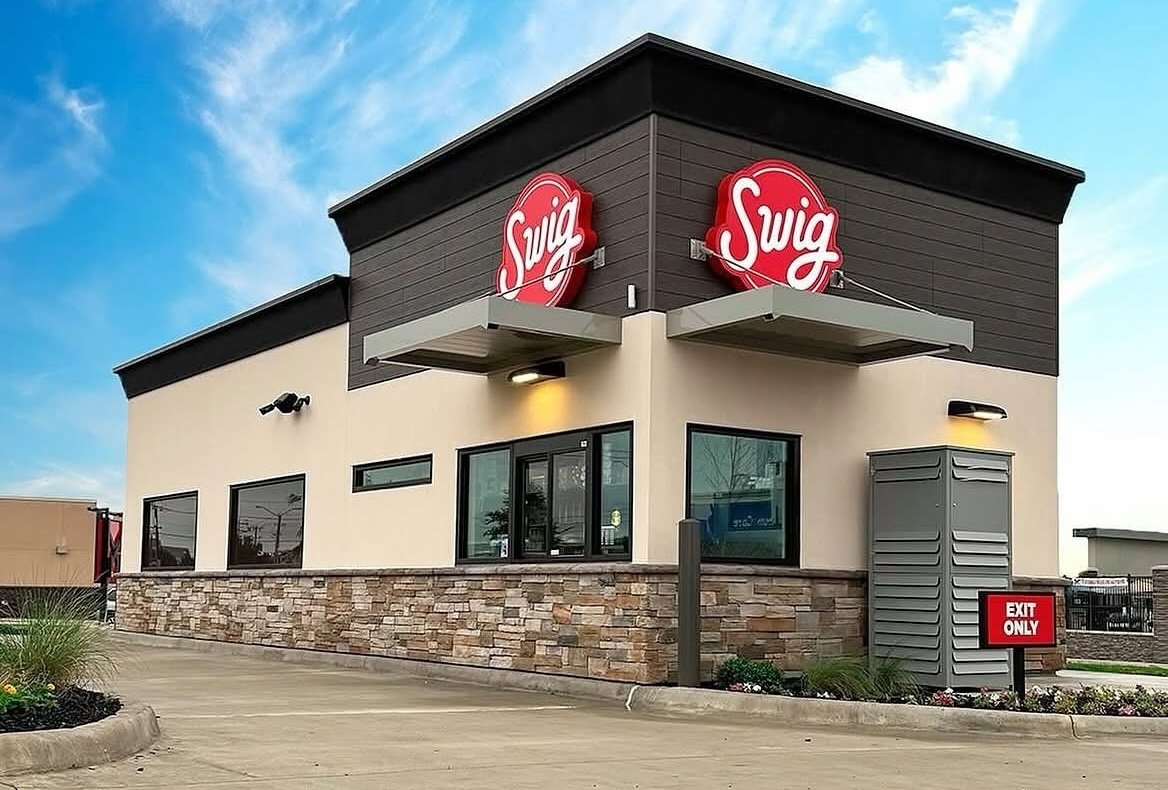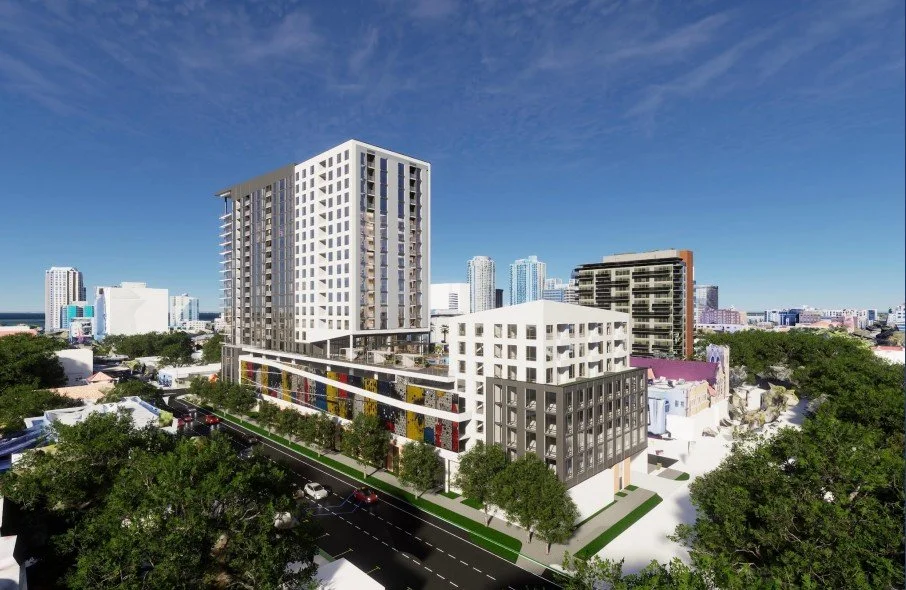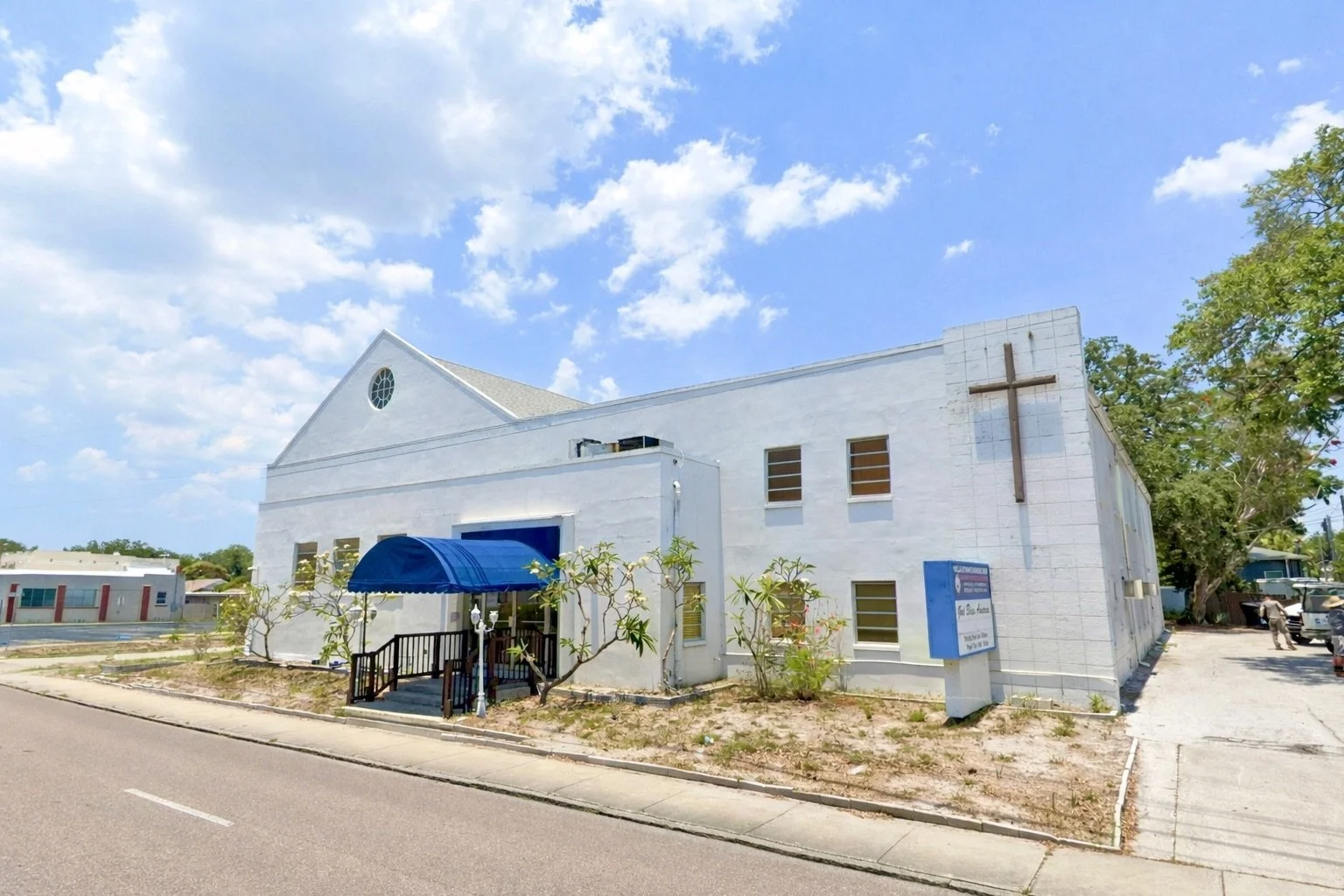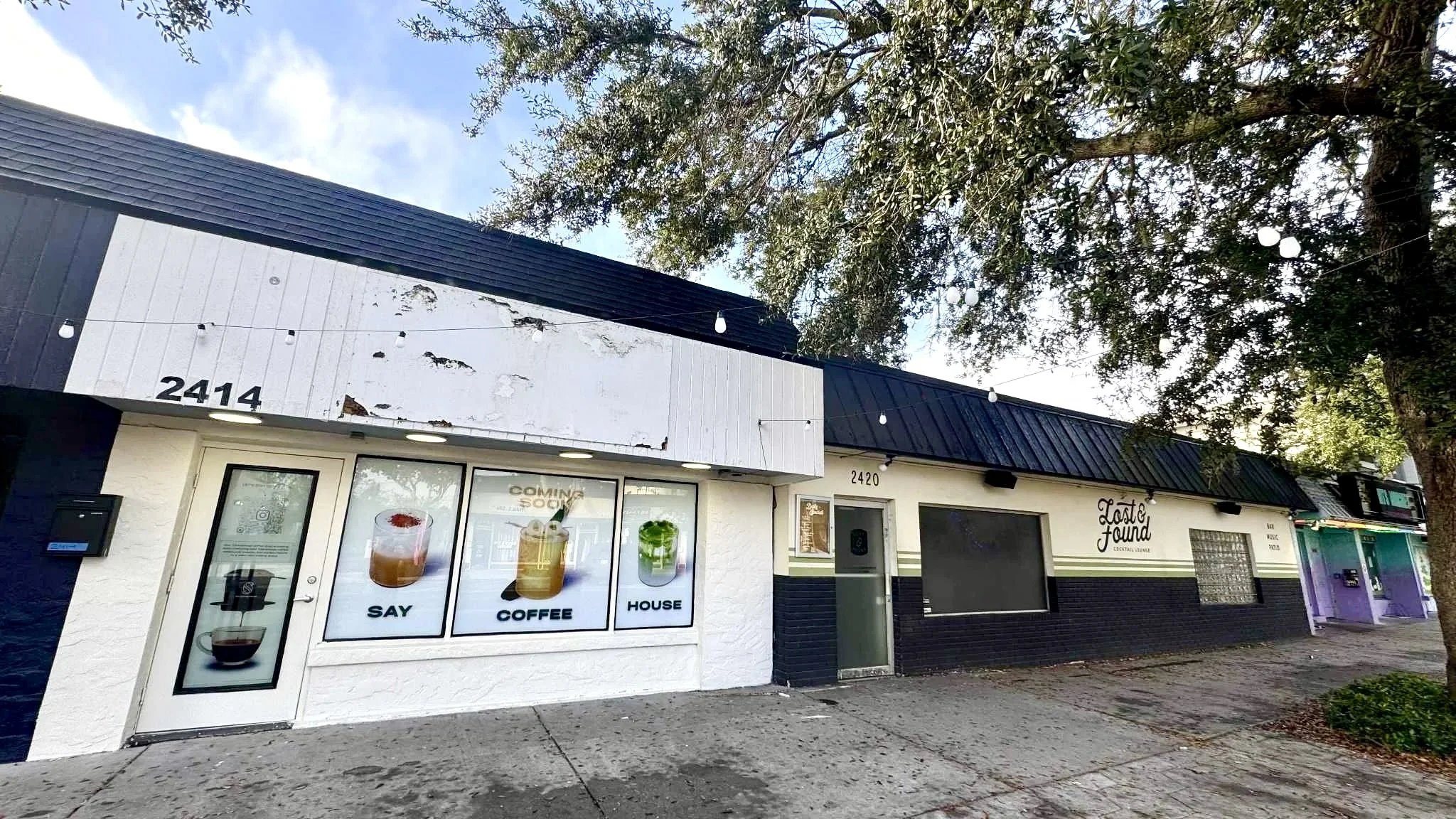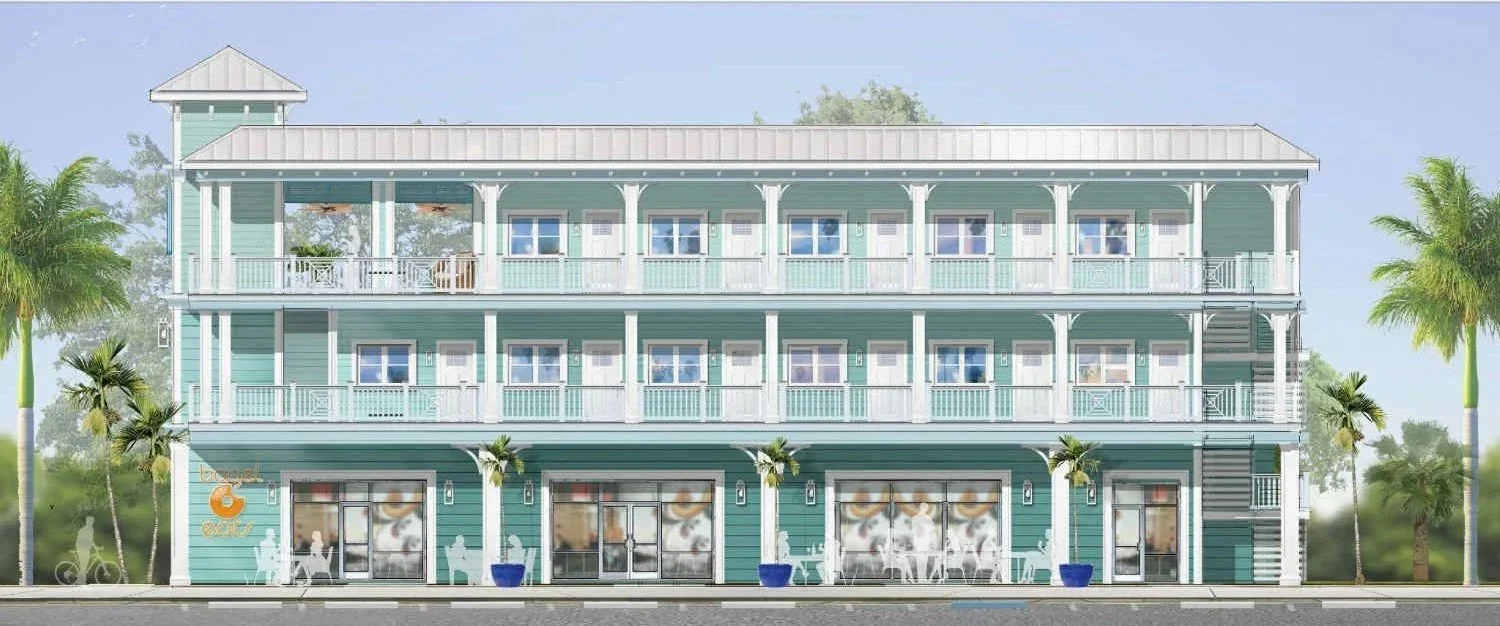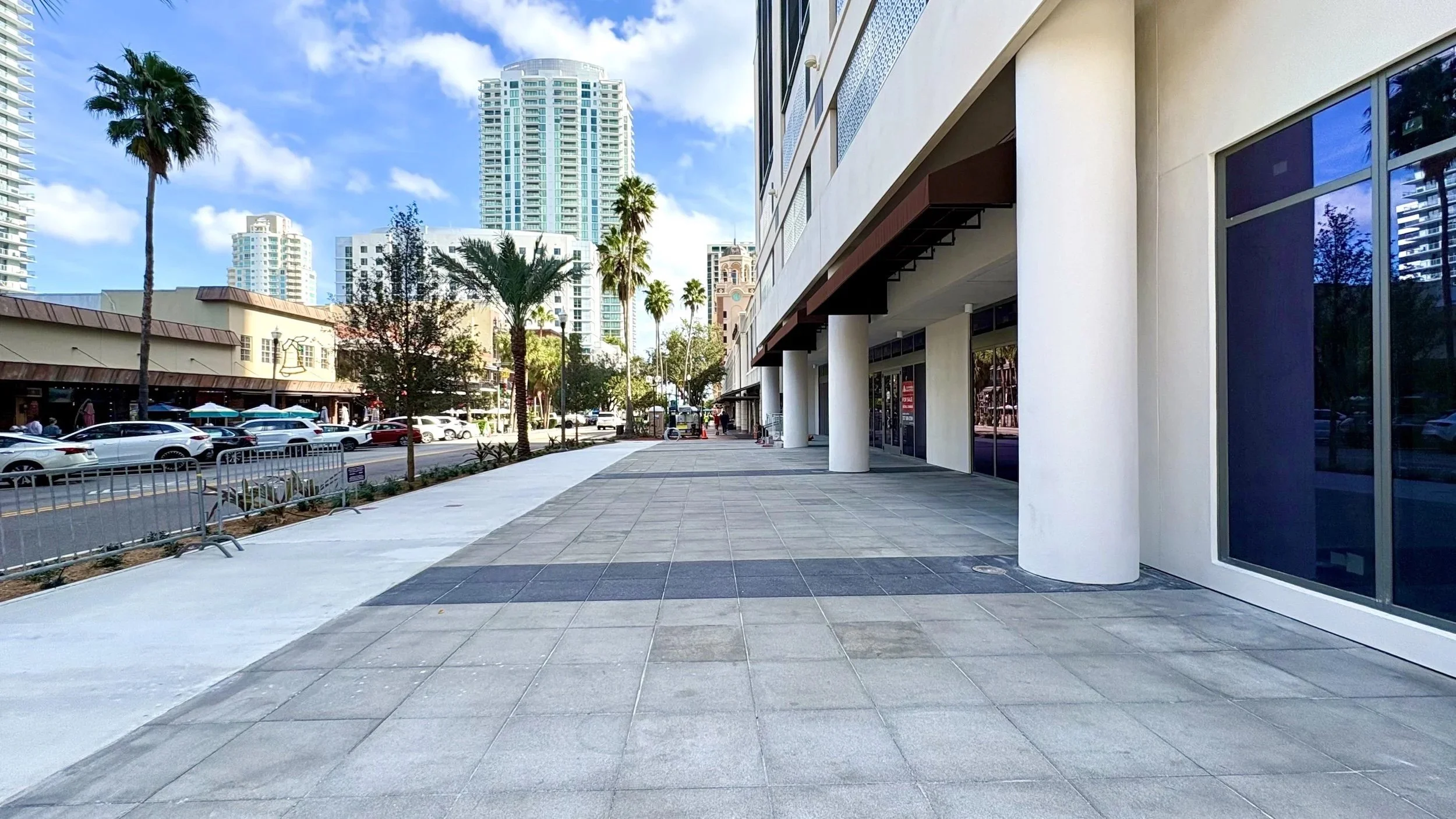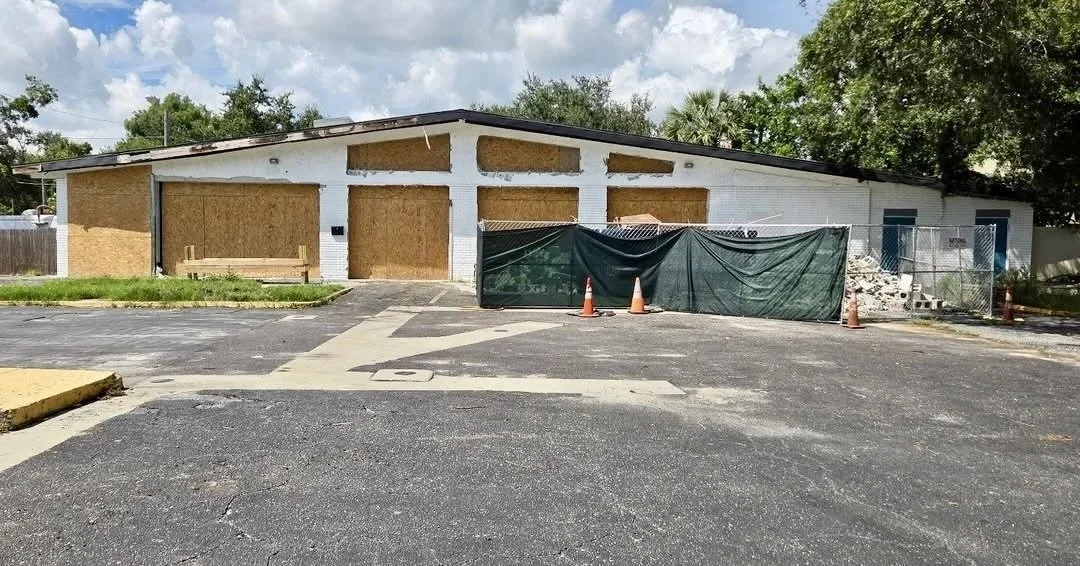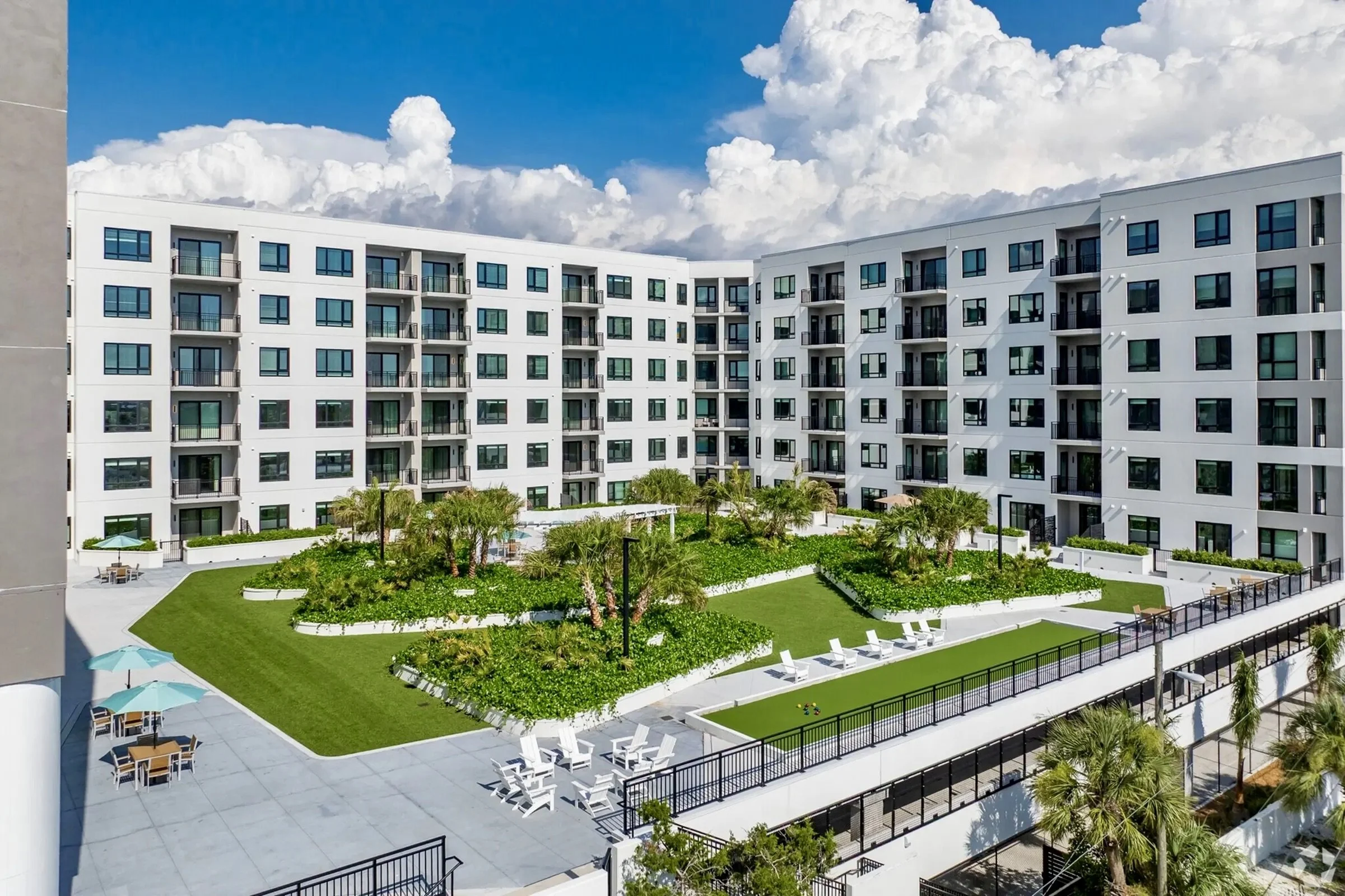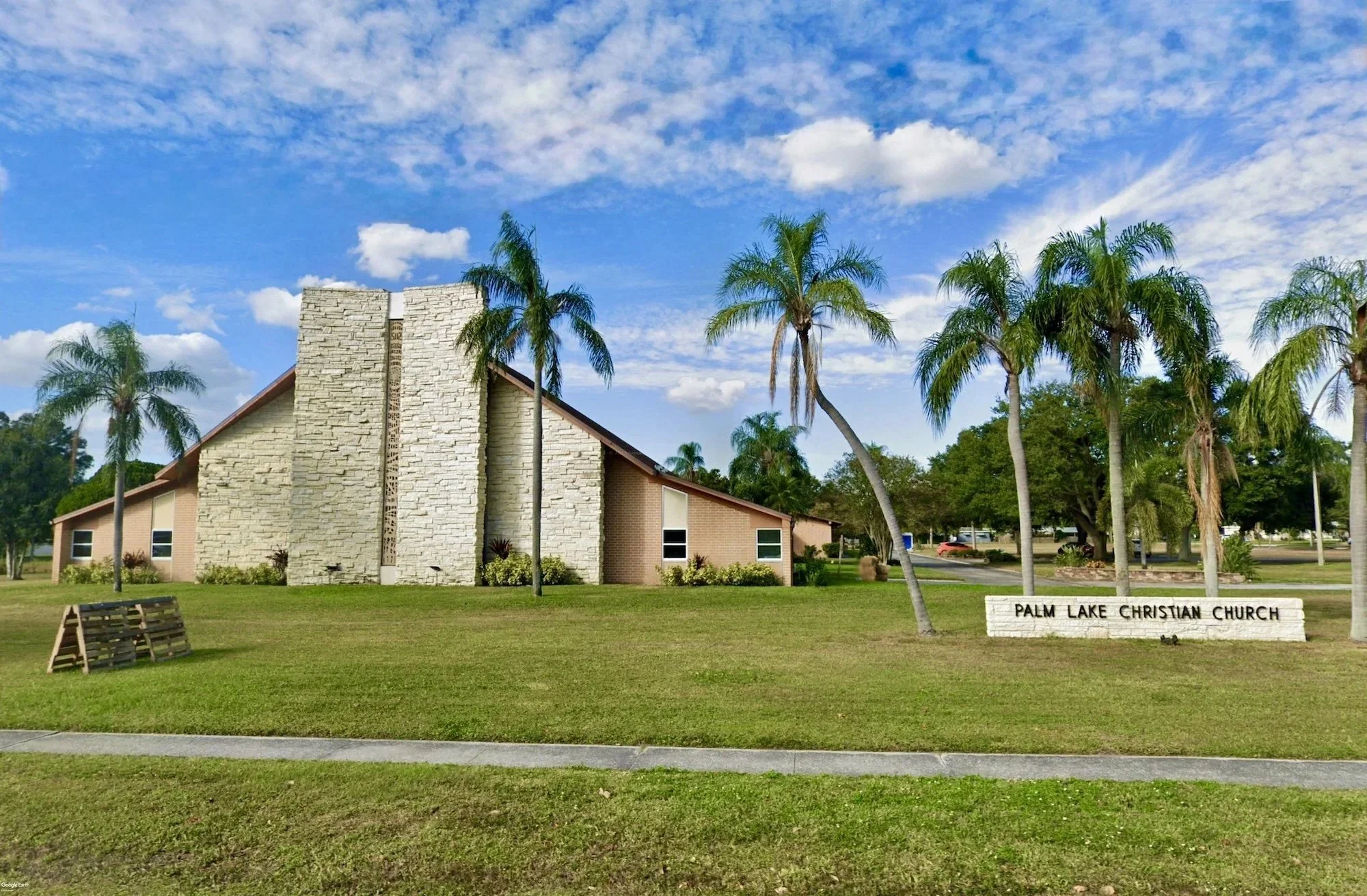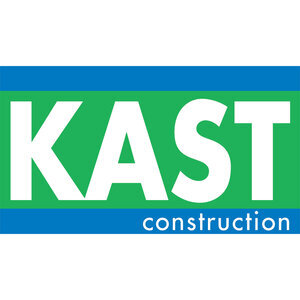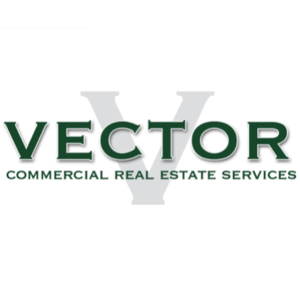Here's What the Dali Museum's $39M Expansion Will Look Like
/The expansion would consist of three components — a new digital Dali permanent exhibit, community & education space, and a parking garage
One of Pinellas County’s biggest tourism draws, the Dalí Museum, has submitted a capital projects funding request to the county’s Tourist Development Council in hopes of receiving $17.5 million in public funding to construct a $38.6 million expansion. Since opening in its current location in 2011, the Dali Museum has drawn between 360,000 and 450,000 visitors per year, over 75% of whom are from outside the area. The Dalí Museum is the largest single-artist museum in the United States and is the most-visited art museum in Florida.
But the museum has bigger plans for the future. They want to expand to accommodate 50% more visitors and they’re estimating the proposed expansion will bring in an additional 900,000 visitors over a ten year period. The expansion would consist of three components — a new digital Dali permanent exhibit, community & education space, and a parking garage:
A new digital dali permanent exhibit will be located on level 3, connected by a bridge to the current museum space
Mediated Experiences: Digital Dalí - 10,000 square feet - a new Digital Dalí exhibit is proposed that will immerse visitors in a virtual reality world of Dalí. The exhibit would complement the museum’s existing immersive programming to offer multi-sensory, highly engaging, and interactive visitor experiences. The exhibit will feature an IMAX® film and theater that will give visitors a deeper understanding of Dalí himself. The proposed theater would offer 360 degree views where the walls, ceilings, and floor become the screen where visitors would be transported into Dalí’s world.
Another fascinating part of the expansion is a proposed Halo-Hola exhibit that will allow visitors to “interact with holographic images, blending their reality with virtual reality to create strange, new dimensions.” Guests will be able to explore the galleries in the present moment and also physically interact with the art (spin it, expand it, dive into it, etc.) to learn more about each piece.
Education and Event space will be located on level 2, connected by a bridge to the current museum space
Community and Education Spaces - 10,000 square feet - a new community and education space will expand the The Dalí’s proprietary and pioneering creative-training program. The museum’s InnovationLabs program “inspires new ways of thinking by applying Dalí’s imaginative approaches to artistic problem-solving to business and institutional design.”
In building additional community space, the museum hopes to have the ability to hold larger events with a capacity of up to 350 seated guests. In the funding request application, the museum states that it has “had to turn away approximately 130 event inquiries annually due to a capacity constraint of 120 seated guests.” The expanded Dalí Museum will be better equipped to facilitate weddings and other large community events.
Parking garage - 150,000 square feet - the largest part of the expansion will be used for parking which will increase the number of spaces from 130 to 410 spaces. While the garage would primarily cater to the museum, it would also be open 24/7 to the public. The museum says the garage is needed to meet the “urgent need” for parking in the area. While there is a parking deck next door to the museum, it is primarily used for the Mahaffey Theater is often filled to capacity.
The facade of the expansion features a triangular facade that appears reminiscent of the geometry exhibited in many of Dalí’s pieces.
Renderings of the expansion show a triangular structure with a facade that appears reminiscent of the geometry exhibited in many of Dalí’s pieces. A third story bridge will connect the expansion to the existing museum. Additionally the roof of the new structure could have green features including a 500 kW solar array that would generate electric and a rainwater collection system, but this is contingent on the museum raising $3.6 million in addition to the construction costs of the expansion. The expansion would be consistent with the suggested land use for the site as presented in the Downtown Waterfront Master Plan, which was adopted back in 2015.
The museum expansion would be consistent with the suggested land use for the site as presented in the Downtown Waterfront Master Plan, which was adopted back in 2015.
Of course, there are still a few hurdles to clear before a final approval. On April 9th, Pinellas County Commissioners gave unanimous approval to begin reviewing the funding request and sent the application to the Tourist Development Council (TDC) for further review. The TDC will review the application in more detail and will ultimately make a suggestion on whether the County Commission should proceed with funding the request.
If approved, museum would match the Tourist Development Council’s $17.5 million grant with their own $17.5 million in private funds to complete the project. However an additional $3.6 million would need to be fundraised in order to complete the solar roof. The project is tentatively scheduled to break ground in March 2020 with the garage wrapping up in February 2021 and the new gallery exhibits and community spaces opening in 2022.
The Museum of the American Arts and Crafts Movement (MAACM) will open later this year at 4th Ave N & 4th St N in Downtown St. Pete.
Dr. Hank Hine, Executive Director of The Dalí Museum writes in the application, “We feel fortunate to call St. Petersburg, FL home” and notes that the museum is proud to be among the city’s growing arts scene.
Later this year, the 137,000 square foot Museum of the American Arts and Crafts Movement (MAACM) is expected to open, which will become the largest museum in the region, and more museums are possibly on the way. While St. Pete is already home to the largest concentration of arts museums in the state, the opening of the MAACM combined with the Dalí expansion could further cement the Sunshine City as the art capital of the region.
